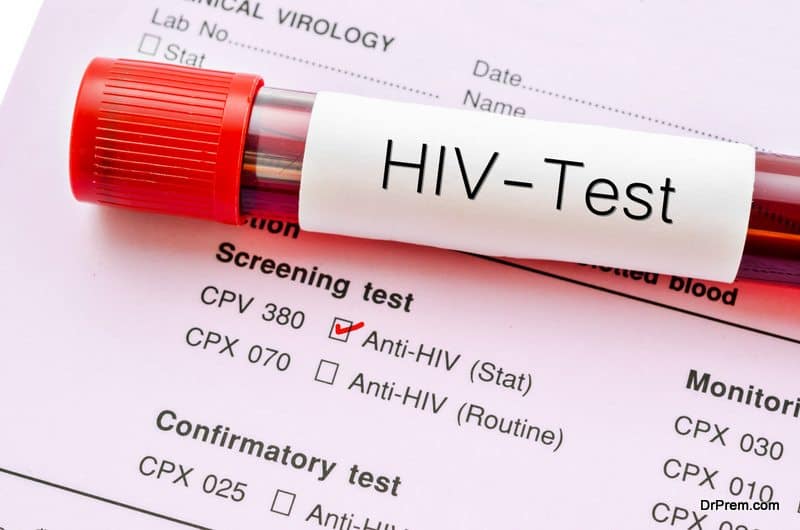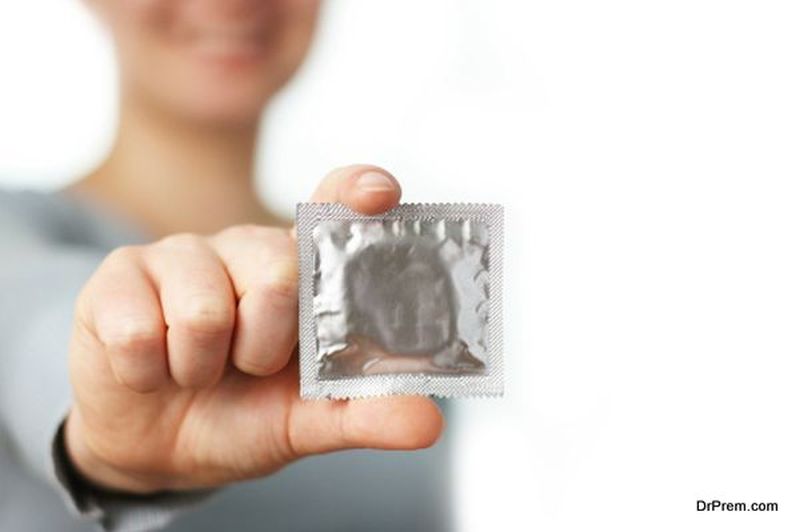One in two sexually active adults will contract a sexually transmitted disease by the age of 25. Those aren’t very good odds. But there are things you can do to help protect yourself against some of the most common STDs. While abstinence is defense number one, this isn’t always practical for most people. If you’re sexually active, these tips can help keep both you and your partner safe and healthy.
1. Get Tested
 If you choose to be sexually active, it’s important that you get tested regularly for STDs. Depending on your level of sexual activity; you should get tested every 3 to 12 months. Most STD tests will check for the following diseases:
If you choose to be sexually active, it’s important that you get tested regularly for STDs. Depending on your level of sexual activity; you should get tested every 3 to 12 months. Most STD tests will check for the following diseases:
- Chlamydia
- Gonorrhea
- HIV
- Genital Herpes
- HPV (genital warts)
- Syphilis
If embarrassment is keeping you from the doctor’s office, there are at-home tests available which offer a discreet way to screen for STDS. Check out these MyLAB Box reviews. Don’t let shame or embarrassment stop you from making your health a priority.
2. Communicate with Your Partner(s)
 Now that you have your test results in hand, it’s time to share them. Not with the world, but at least with your sexual partners. Are you currently in a relationship? If so, be open and honest with your other half about when you were last tested and what the results were. Even if you have an STD, a loving, trusting partner will understand. You can work together to protect yourselves while also fostering a healthy sex life. If you’re not in a romantic relationship but plan on being sexually active, you still need to have this discussion — regardless of how uncomfortable it might be.
Now that you have your test results in hand, it’s time to share them. Not with the world, but at least with your sexual partners. Are you currently in a relationship? If so, be open and honest with your other half about when you were last tested and what the results were. Even if you have an STD, a loving, trusting partner will understand. You can work together to protect yourselves while also fostering a healthy sex life. If you’re not in a romantic relationship but plan on being sexually active, you still need to have this discussion — regardless of how uncomfortable it might be.
If you have an STD that you may pass onto your partner, either abstain completely or inform them of your situation. On the flipside, you need to ask any potential sexual partner about their sexual history. Trust and using good judgment play an integral role here, since people can tell you anything you want. Don’t be too ashamed to ask for proof of recent test results. When your health is at stake, there’s no question you can’t (or shouldn’t) ask!
3. Use Protection
 Using protection prevents more than just pregnancy. Wearing condoms can help reduce your risk of contracting and spreading sexually transmitted diseases. Latex condoms are the best option. But just sliding one on right before intercourse isn’t enough. You need to use condoms for all sexual acts (including oral sex) and you also need to use them correctly. Not sure how to properly put on a condom? This post can help. If you’re using lubricant during sex, opt for a water-based brand. These make for easier clean-up and are safe to use with latex condoms.
Using protection prevents more than just pregnancy. Wearing condoms can help reduce your risk of contracting and spreading sexually transmitted diseases. Latex condoms are the best option. But just sliding one on right before intercourse isn’t enough. You need to use condoms for all sexual acts (including oral sex) and you also need to use them correctly. Not sure how to properly put on a condom? This post can help. If you’re using lubricant during sex, opt for a water-based brand. These make for easier clean-up and are safe to use with latex condoms.
Some people shy away from discussions on sex and are especially hesitant to talk about STDs. But the truth is, with over 357 new infections reported each year, sexually active adults can’t afford to not discuss their sexual health. Put your pride and embarrassment aside and use these three tips to support a healthy, safe sex life!
Article Submitted By Community Writer




